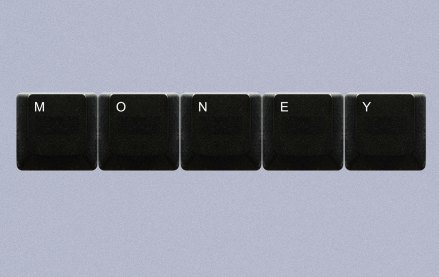Maybe banner ads aren’t so bad after all.
There’s a growing realization in the digital media industry that it has an attribution problem. The problem is basically that the credit for a sale or conversion event tends, in most models, to go to the last ads seen, never mind all the other ads that a consumer has seen before getting to that end point.
Studies are bearing this out. Last-click models tend to give more weight to paid search, according to a recent study of campaigns across 1,000 websites by 500 advertisers conducted by Microsoft’s Atlas Institute. Display is highly undervalued, states the report, helping to creating strategies that allocate ad spend to channels that might not optimize yield to its full potential. According to a retail case study by Tagman, a multi-channel attribution technology company, paid search is overvalued by 2.5 times the conversions that it generates, with social media receiving eight times less credit than it should when credited as assisting in a conversion.
More in Media

From sidelines to spotlight: Esports events are putting creators center stage
Esports events’ embrace of content creators reflects advertisers’ changing priorities across both gaming and the wider culture. In the past, marketers viewed esports as one of the best ways to reach gamers. In 2025, brands are instead prioritizing creators in their outreach to audiences across demographics and interest areas, including gaming.

Condé Nast and Hearst strike Amazon AI licensing deals for Rufus
Condé Nast and Hearst have joined the New York Times in signing a licensing deal with Amazon for its AI-powered shopping assistant Rufus.

Media Briefing: AI payouts may be entering a new era
AI compensation is evolving — and new models, not just publisher demands, are driving the shift beyond flat-fee licensing.





